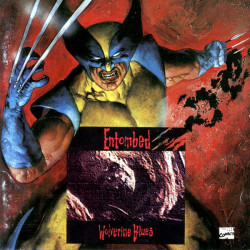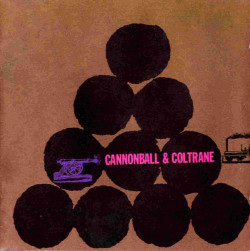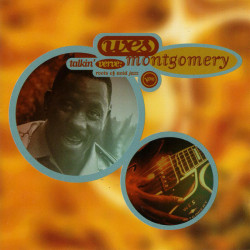In many ancient traditions and contemporary settings, music is not written out for the performance. It’s worked out among the musicians, maybe by a lead composer type all at once, or by the group over a period of time. The piece or song is memorized and maybe at some point has a life outside that group of musicians, so it becomes like an oral tradition of storytelling.
So, let’s say you wanna write that down. Seems reasonable that you’d try to do this with the tools you have, which is staff notation invented for western orchestral music. But unless the musicians in question were also trained in this method and set out to follow the rules as such, you are going to end up with a crude approximation. Two examples I’ve been really interested in over the years is traditional Balinese Gamelan and the 80s-90s work of punk/art rock group Sonic Youth.
Worth noting that Gamelan music has a native written form (a few in fact), and that the harmonic ideas of SY have roots in the music of avant garde composer Glenn Branca, who has his own presumably meticulous system. But in practice, both of these types are just winging it. In addition to not adhering to a preexisting written standard, they also both are using either bespoke or customized instruments and tunings. (Really hate the use of “bespoke” to mean “custom” but it fits here.) A Gamelan orchestra—all the gongs and metallophones—are made as a piece, tuned to itself. Each player isn’t bringing the reyong or gangsa they are leasing from Guitar Center, these things only exist together as one thing and can’t be individually adjusted. If one were lost or broken, you can’t even swap one out from another group. Likewise, when SY’s van was stolen in 1999, the sound of the band was heavily impacted. They were touring with 24 heavily customized guitars; almost a different set for each song. All of the older songs from that point had to be reworked and relearned.
Here’s the most comprehensive list of SY tunings, which, despite appearing to be a fan site in design and guesswork is in fact their official site. The band themselves apparently did not keep exact notes and any 3rd party’s detective could be just as good. I have even seen versions that note differences in the unison tunings (i.e. “second D slightly flatter”) and this is where a decimal system of tuning would really be helpful.
It’s these slight differences that create a sound totally different than what can be achieved through normal western intonation. The shimmering textures most…notable…here are created very deliberately (tho not always exactly or uniformly) by the dissonances that are reduced or edited out completely of regular music.
The very complex numbers that you can wind up with when referring to a note by it’s frequency in Hz can be replaced with a simple “𝑥.𝑥𝑥” by using the 0-11 formula and then the deviation .01-.99 in cents, ultimately leading one to a very snappy conclusion.






Recent Comments